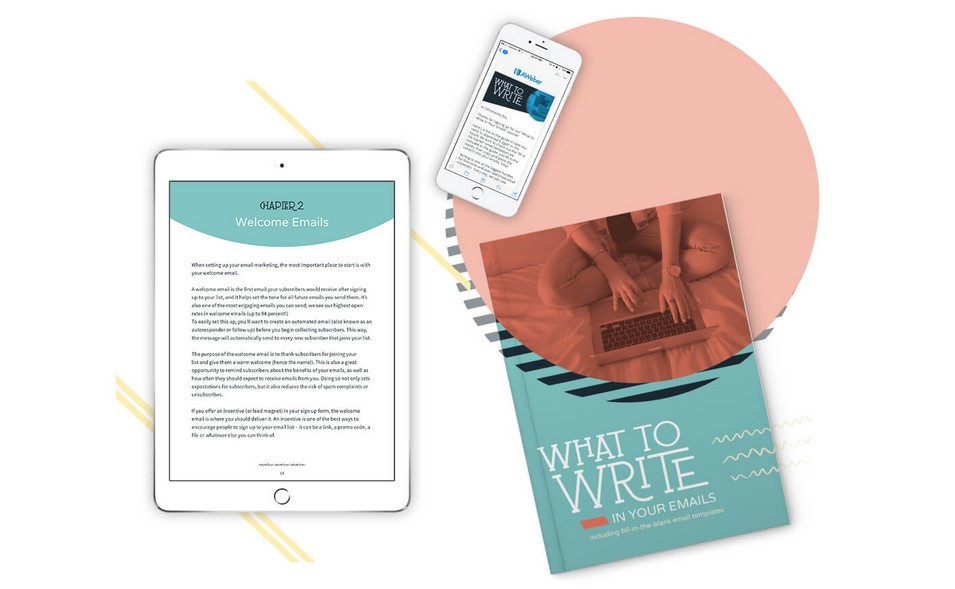The holiday season is one of the most lucrative times for entrepreneurs, but without the right strategy, it’s easy to get lost in the noise.
One of the best ways to ensure your holiday marketing campaigns stand out is by leveraging data to inform your decisions. By using key insights about your customers, products, and previous campaigns, you can create a data-driven strategy that maximizes your results.
Photo by Anastasiia Chepinska on Unsplash
In this blog post, we’ll explore how creative entrepreneurs can use data to shape their holiday marketing efforts, improve customer targeting, and boost their sales this season.
1. Analyze Past Holiday Campaigns
One of the easiest ways to begin using data is by looking at your previous holiday marketing campaigns. Take some time to review your past performance to identify what worked and what didn’t.
Key Data Points to Consider:
- Conversion rates: Which campaigns led to the highest sales?
- Top-selling products: What were your most popular products last holiday season?
- Customer engagement: How did your audience respond to your emails, social media posts, or ads? Look at open rates, click-through rates, and likes or shares.
- Traffic sources: Where did the bulk of your holiday traffic come from—social media, organic search, email marketing, or paid ads?
Actionable Tip: Once you have the data, identify patterns. Did certain types of promotions work better than others? Was there a specific product or category that drove more sales? Use this information to optimize this year’s campaigns.
2. Segment Your Audience for Personalization
Customer data is one of the most valuable resources you have. By segmenting your audience based on their behavior, interests, and demographics, you can create personalized campaigns that resonate with each group.
Segmenting Strategies:
- Frequent shoppers: Target your loyal customers with exclusive early access to your holiday sales.
- Cart abandoners: Set up email automations or retargeting ads to bring back customers who have left items in their cart without completing the purchase.
- Product-specific buyers: If a customer frequently buys a particular type of product, target them with related items or bundles.
- New customers: Offer special deals to first-time buyers to encourage them to complete their first purchase with you.
Actionable Tip: Use data from your email marketing platform, Google Analytics, and customer relationship management (CRM) software to understand how different segments of your audience engage with your content. Tailor holiday promotions accordingly.
Free Download
Know What to Write In Your Emails
Get 45+ Fill in the Blank Email Templates

3. Track Trends in Consumer Behavior
Holiday shopping trends can shift each year, and understanding those changes will give you a competitive advantage. Tools like Google Trends, social media insights, and search engine data can help you spot rising trends in your industry or niche.
Things to Watch For:
- Search trends: Look at what holiday-related keywords are trending in your industry. For example, are more people searching for eco-friendly gifts or digital products?
- Popular platforms: Are your customers spending more time on Instagram, TikTok, or another platform this season?
- Customer preferences: Are people responding better to specific types of content, like videos, tutorials, or influencer partnerships?
Actionable Tip: Use tools like Google Trends and social media analytics to monitor what’s happening in real time. Incorporate trending topics or themes into your holiday campaigns to stay relevant.
4. Optimize Your Pricing and Discounts with A/B Testing
Pricing and discounts can make or break your holiday sales strategy. By running A/B tests, you can use data to determine what types of promotions your customers respond to best.
What to Test:
- Discount amounts: Do your customers respond better to a 10% discount or $10 off a $50 purchase?
- Promo codes vs. automatic discounts: Does making customers apply a code lead to higher engagement, or do automatic discounts work better?
- Flash sales vs. extended sales: Is a 24-hour flash sale more effective than a week-long promotion?
Actionable Tip: Implement A/B tests using your ecommerce platform’s built-in tools or marketing automation software. Start with small groups, analyze the results, and roll out the most effective strategy to your entire audience.
Recommended Sales and Marketing Tools
Here are the tools we use for blogging, shop management and everything you see here. If you have tools that work, feel free to use them in the exercises.
Lead Magnets
Opt-In Forms
Automated Posting
Email Marketing
Landing Pages
Scarcity Campaigns
Payment Processors
Don't have a shop? Create links that will enable you to get paid.
5. Monitor Real Time Data to Make Adjustments
Holiday shopping happens fast, and the ability to adjust your campaigns in real-time can be crucial. Make sure you’re actively tracking key performance indicators (KPIs) such as traffic, conversions, and sales throughout your holiday campaigns.
Real-Time Data Tools:
- Google Analytics: Keep an eye on traffic spikes, page views, and sources of traffic.
- Social Media Analytics: Track engagement on posts promoting your holiday deals to see which platforms and content formats are performing best.
- Ecommerce Dashboard: Use your platform’s dashboard to monitor sales, inventory, and customer activity.
Actionable Tip: If you see a specific product or promotion outperforming others, don’t hesitate to pivot your marketing efforts to focus on that success. Likewise, if something isn’t working, consider testing a different approach mid-campaign.
6. Use Data to Plan for Next Year
The insights you gain from this holiday season will be invaluable for planning your marketing strategies for the next year. Keep detailed records of what worked, what didn’t, and any patterns you notice along the way.
What to Record:
- Sales data: Which products sold best?
- Traffic sources: Where did your holiday traffic come from?
- Conversion rates: What percentage of your visitors made a purchase?
- Customer feedback: Did you get any reviews or comments that highlight what your customers loved—or what they didn’t?
Actionable Tip: Build a year-round data-driven marketing plan by regularly collecting and analyzing customer data. You can use the same data analysis techniques for seasonal promotions like Valentine’s Day, summer sales, and more.
Subscribe to Our YouTube Channel
We're helping creative business owners go from stuck and confused to empowered and thriving one video at a time.

